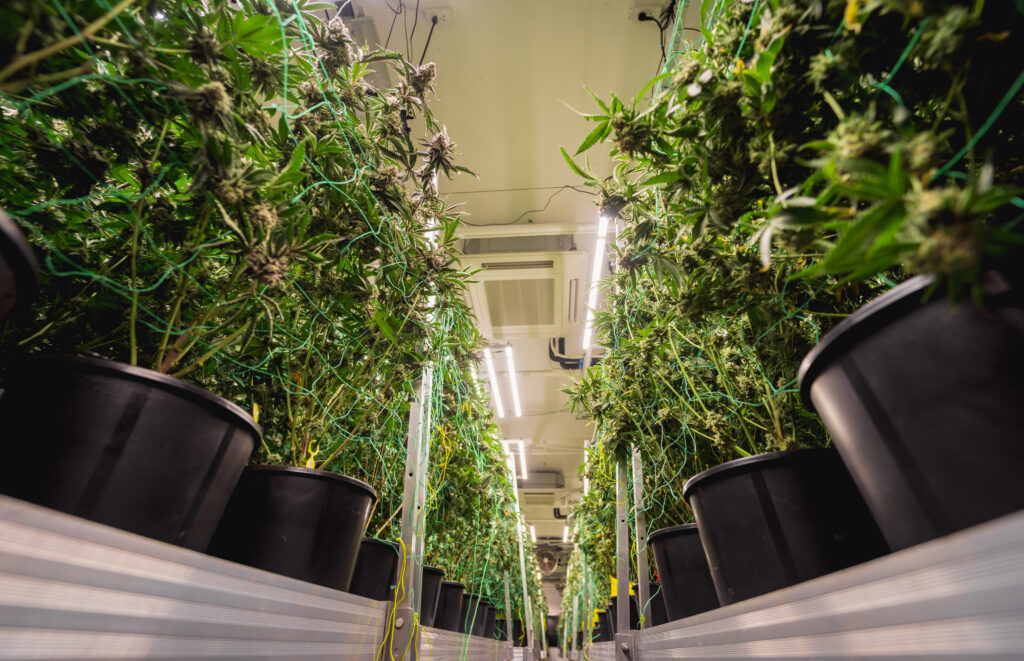For experienced terrarium enthusiasts seeking to elevate their craft, advanced terrarium techniques offer exciting new possibilities. This guide explores sophisticated methods for creating complex, sustainable ecosystems that showcase your expertise while providing optimal environments for specialized plant collections.
Developing Sophisticated Vivarium Design Systems
True mastery in terrarium craft often leads to vivarium design—creating terrariums that support small animals alongside plants in a harmonious ecosystem.
Essential Components of Advanced Vivariums
- Integrated drainage and filtration systems
- Strategic airflow management through ventilation design
- Multiple substrate layers for ecosystem stratification
- Microclimate zones for diverse plant communities
- Automated misting or fogging systems
When designing advanced vivariums, consider incorporating false bottoms with hidden reservoir areas that maintain consistent soil moisture while preventing root rot—a technique that significantly extends maintenance intervals.
Working with Specialized Substrates
Advanced terrariums benefit from customized substrate formulations tailored to specific plant needs and ecosystem goals.

Custom Substrate Components for Expert Terrarium Builders
- Specialized coir blends with controlled water retention properties
- Activated charcoal for superior filtration and toxin management
- Sphagnum layers for controlled humidification
- Crushed clay aggregates for aeration and mineral supplementation
- Specialized nutrient-rich mixes for feeding carnivorous plants
Advanced practitioners often create substrate gradients within a single terrarium, transitioning from free-draining arid zones to moisture-retentive areas that support diverse plant communities in one container.
Cultivating Exotic Plants in Controlled Environments
Mastering humidity control allows you to cultivate rare and exotic plants that would be challenging in conventional settings.
Advanced Plant Selection Considerations
- Miniature orchids requiring precise humidity cycles
- Carnivorous plant communities with specialized nutrient needs
- Rare ferns with specific spore germination requirements
- High-altitude cloud forest epiphytes
- Miniature aquatic-to-terrestrial transition plants
When working with these specialized plants, consider their evolutionary history and native growing conditions. Replicating these precisely often requires building custom microenvironments within your terrarium.
Implementing Scientific Monitoring Systems
Serious terrarium enthusiasts often incorporate monitoring technology to maintain optimal conditions for sensitive plant communities.
Monitoring Tools for Advanced Practitioners
- Digital hygrometers with data logging capabilities
- Soil moisture sensors with alert systems
- Specialized LED lighting with programmable spectrums
- CO2 monitoring for closed systems
- Temperature gradient measurement across microhabitats
This data-driven approach allows you to fine-tune environmental parameters with precision, creating truly optimized growing conditions for your most demanding plant specimens.
Mastering Humidity Control Techniques
Advanced humidity management goes beyond simple misting to create sophisticated moisture cycles that mimic natural environments.
Precision Humidity Control Methods
- Programmable ultrasonic fogging systems
- Capillary mat hydration for consistent moisture levels
- Humidity chambers for propagation within terrariums
- Seasonal variation programming to stimulate flowering cycles
- Strategic ventilation design for humidity gradients
By controlling not just the humidity level but its daily and seasonal fluctuations, you can trigger natural growth cycles and flowering events in many exotic species.
Creating Self-Sustaining Ecosystems
The pinnacle of advanced terrarium craft is designing truly balanced, self-sustaining ecosystems requiring minimal intervention.
Key Elements of Self-Sustaining Systems
- Beneficial microorganism inoculation for soil health
- Strategic decomposer populations (springtails, isopods)
- Nitrogen-fixing plant inclusion for natural fertilization
- Balanced predator-prey microorganism communities
- Automated light and moisture cycling systems
These systems often take months to establish but can maintain equilibrium for years with minimal human intervention—a testament to the designer’s understanding of ecological principles.
Conclusion: The Art and Science of Advanced Terrarium Design
Advanced terrarium techniques represent the intersection of artistic vision and scientific precision. By mastering specialized substrates, humidity control, exotic plant selection, and ecosystem balance, you elevate your terrariums from simple plant displays to living laboratories that showcase the complexity and beauty of natural systems in miniature form.
As you experiment with these advanced methods, remember that patience and observation remain your most valuable tools. The most sophisticated terrariums often develop their true character over many months as systems establish equilibrium and plants mature into their designed spaces.




